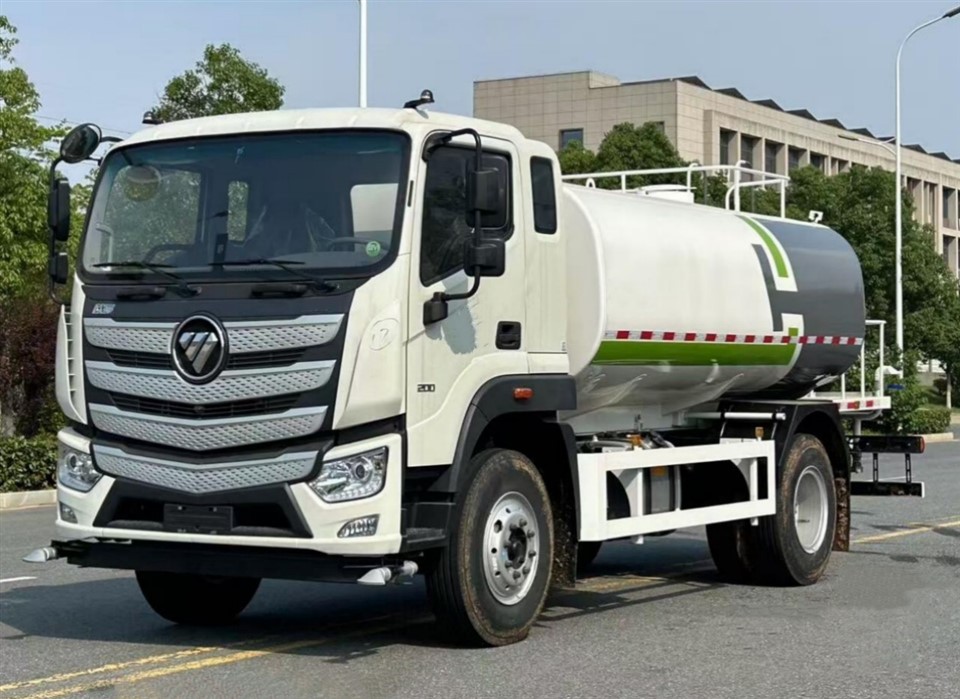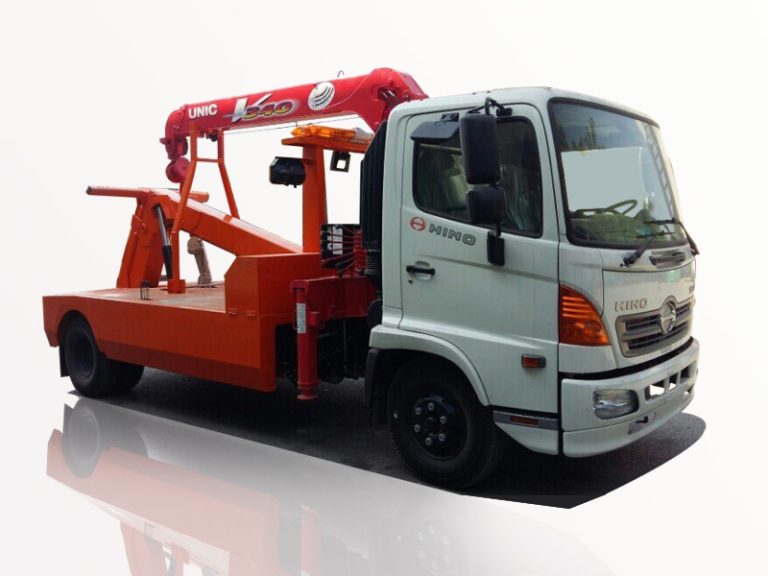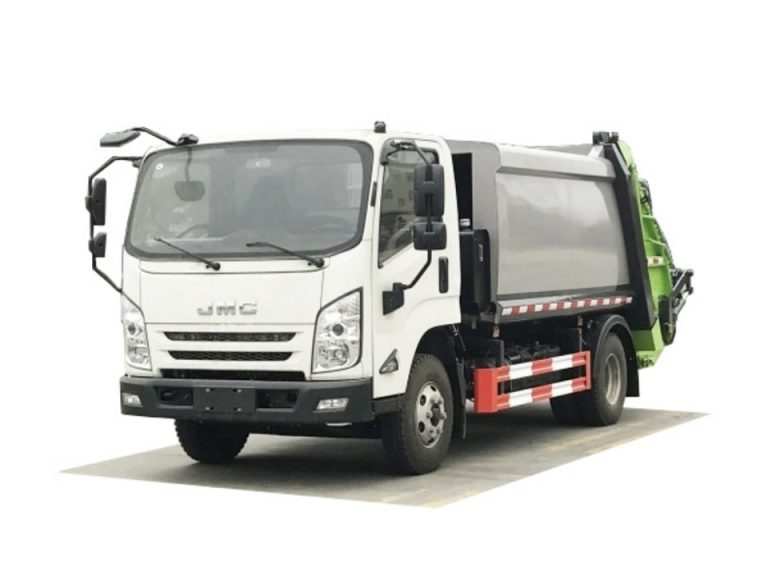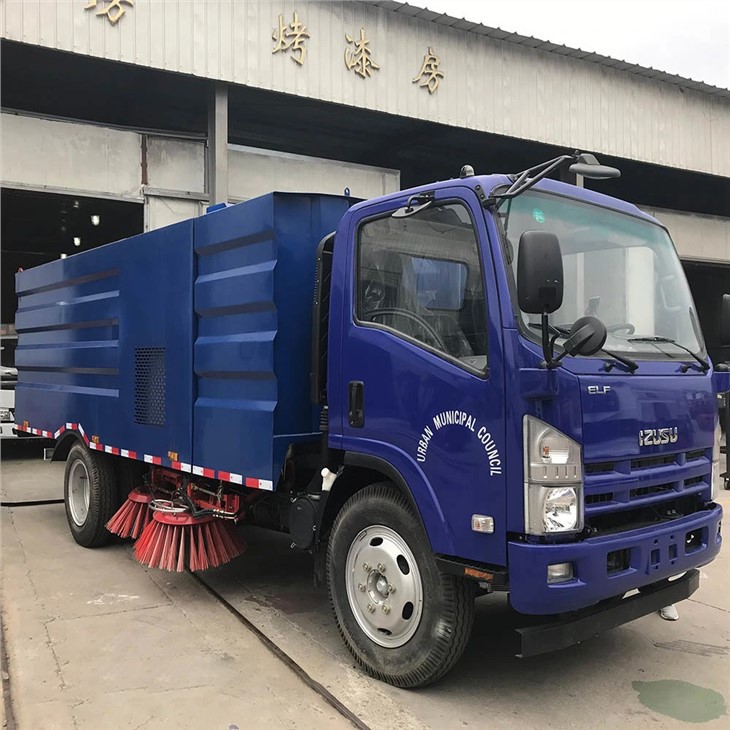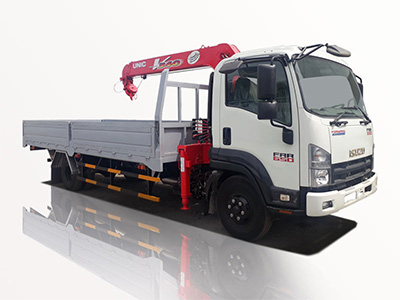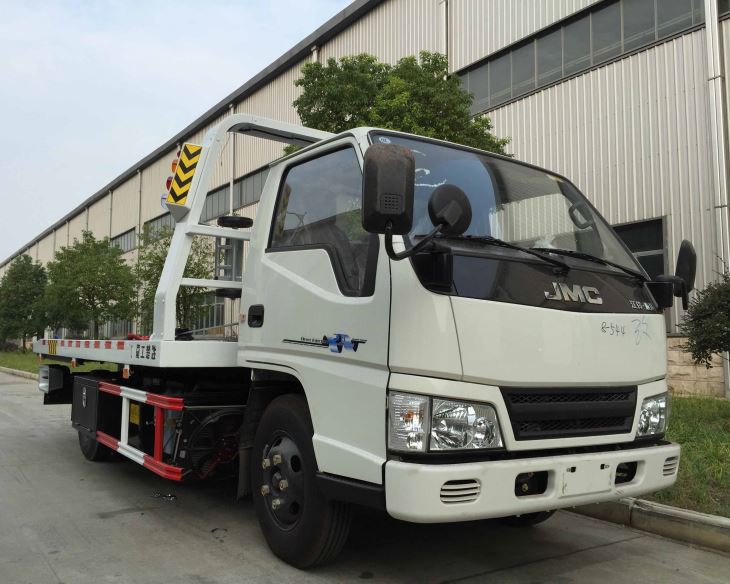Introduction
Semi truck tankers play a crucial role in the transportation of various liquids such as fuel, chemicals, and food-grade products. Their design is tailored to safely and efficiently transport these materials across vast distances. In this article, we will dive deep into the different aspects of semi truck tankers, including their types, operational mechanisms, safety considerations, and tips for efficient usage. Whether you’re a logistics professional, a trucking enthusiast, or simply curious about the industry, this guide is designed to provide comprehensive insights into the world of semi truck tankers.
The Basics of Semi Truck Tankers
What is a Semi Truck Tanker?
A semi truck tanker refers to a specific type of truck fitted with a large tank to carry liquids. These trucks are characterized by their dual configuration: the tractor unit, which houses the engine and driver compartment, and the semitrailer, which contains the tank. This design allows for greater payload capacity and flexibility on the road.
Types of Semi Truck Tankers
There are several types of semi truck tankers, each tailored for specific liquid transportation needs:
1. Fuel Tankers
Fuel tankers are used primarily for transporting gasoline, diesel, and other fuel products. They are designed with multiple compartments to separate different types of fuel to prevent contamination.
2. Chemical Tankers
These tankers carry hazardous chemicals and require specialized designs to prevent leaks and ensure safety. They often come with built-in safety mechanisms and are made from corrosion-resistant materials.
3. Food-Grade Tankers
Food-grade tankers are used for transporting edible liquids such as milk, juices, and oils. They must comply with stringent health regulations to ensure the safety and cleanliness of the edible products.
Key Components of a Semi Truck Tanker
Understanding the essential components of semi truck tankers is vital for both operational efficiency and safety:
- Tank: The primary container where the liquid is stored.
- Tractor Unit: The front part of the vehicle that provides the necessary power.
- Valves: Used for filling and emptying the tank, these are crucial for operational efficiency.
- Pumps: Essential for transferring liquids from the tank to storage facilities.
Operational Mechanisms of Semi Truck Tankers
Loading and Unloading Procedures
Loading and unloading liquids in a semi truck tanker involves specific procedures to ensure efficiency and safety:
Loading Procedures
- Ensure the tank is clean and free from contaminants.
- Use proper equipment, including pumps and hoses, to transfer the liquid safely.
- Monitor the fill levels to avoid overloading.
Unloading Procedures
- Confirm delivery paperwork and destination.
- Disconnect the hoses and valves carefully to prevent spills.
- Make sure the tank is empty before returning to the next loading point.
Driving and Maneuvering Techniques
Driving a semi truck tanker requires special skills due to its size and weight. Here are some practical tips:
- Take Turns Wide: The length of the tanker demands a wider turn radius.
- Maintain a Safe Following Distance: The weight and load of the tanker require more stopping distance.
- Be Aware of Load Shift: Liquids can shift inside the tank, affecting stability during maneuvers.
Safety Considerations for Semi Truck Tankers
Regulatory Compliance
Transporting liquids, especially hazardous materials, is heavily regulated. Truck drivers must adhere to local, state, and federal laws, including:
- Obtaining the correct licenses and endorsements, such as a Hazardous Materials (HazMat) endorsement.
- Complying with safety regulations set by organizations like the Federal Motor Carrier Safety Administration (FMCSA).
Daily Safety Checks
Before hitting the road, conducting daily safety checks can prevent accidents and legal issues:
- Inspect the tank for leaks and damage.
- Check valve and hose connections for integrity.
- Verify that emergency equipment is operational.
Emergency Procedures
In the event of an emergency, drivers should follow specific protocols:
- Pull over to a safe location away from traffic.
- Notify authorities and follow evacuation procedures if necessary.
- Use safety equipment such as spills kits and flares where applicable.
Maintenance and Upkeep of Semi Truck Tankers
Regular Maintenance Checks
To ensure longevity and reliability, regular maintenance of a semi truck tanker is essential. Common checks include:
- Tire Pressure and Condition
- Brake System Functionality
- Fluid Levels (Oil, Coolant, etc.)
Cleaning and Inspection
Maintaining cleanliness in liquid transport is vital, especially for food-grade and chemical tankers.
- Use specific cleaning agents that won’t react with the transported liquids.
- Schedule routine inspections to identify wear and tear on hoses and valves.
Cost Analysis of Operating a Semi Truck Tanker
Initial Investment
The initial investment for semi truck tankers includes:
| Item | Approximate Cost |
|---|---|
| Tractor Unit | $80,000 – $150,000 |
| Tank and Trailer | $30,000 – $100,000 |
| Insurance | $5,000 – $15,000 annually |
Operating Costs
Factors contributing to operational costs include:
- Fuel Expenses
- Maintenance and Repairs
- Driver Salaries
Future Trends in the Semi Truck Tanker Industry
Technological Advancements
As technology evolves, semi truck tankers will likely see several enhancements:
- Telematics: Real-time monitoring systems can improve route efficiency.
- Safety Innovations: Advanced braking systems and collision avoidance technologies can reduce accidents.
- Alternative Fuels: Many companies are exploring electric and hydrogen fuel options for tankers.
Environmental Considerations
With increasing focus on sustainability, the semi truck tanker industry is also addressing environmental impacts:
- Implementing stricter emission standards.
- Investing in eco-friendly materials for tank construction.
FAQ Section
1. What types of liquids can be transported in semi truck tankers?
Semi truck tankers can transport a variety of liquids, including fuel, chemicals, and food-grade products, each requiring specific types of tankers to ensure safety and compliance.
2. What kind of license do I need to drive a semi truck tanker?
To drive a semi truck tanker, you typically need a Commercial Driver’s License (CDL) along with any necessary endorsements, such as a Hazardous Materials (HazMat) endorsement for transporting hazardous substances.
3. How often should semi truck tankers be maintained?
Regular maintenance should be scheduled based on usage, but daily pre-trip inspections and comprehensive checks, including oil changes and tire evaluations, should occur at least every 5,000 to 15,000 miles.
4. What safety equipment should a driver have in a semi truck tanker?
Drivers should carry safety equipment such as fire extinguishers, spill kits, reflective triangles or flares, and first aid kits to prepare for emergencies.
5. Can semi truck tankers be used for transporting food products?
Yes, food-grade tankers are specifically designed for transporting edible liquids and must meet strict health and safety regulations to ensure the quality of the products.
6. What is the average lifespan of a semi truck tanker?
With proper care and maintenance, a semi truck tanker can have a lifespan of 15 to 25 years, depending on usage, maintenance, and road conditions.
